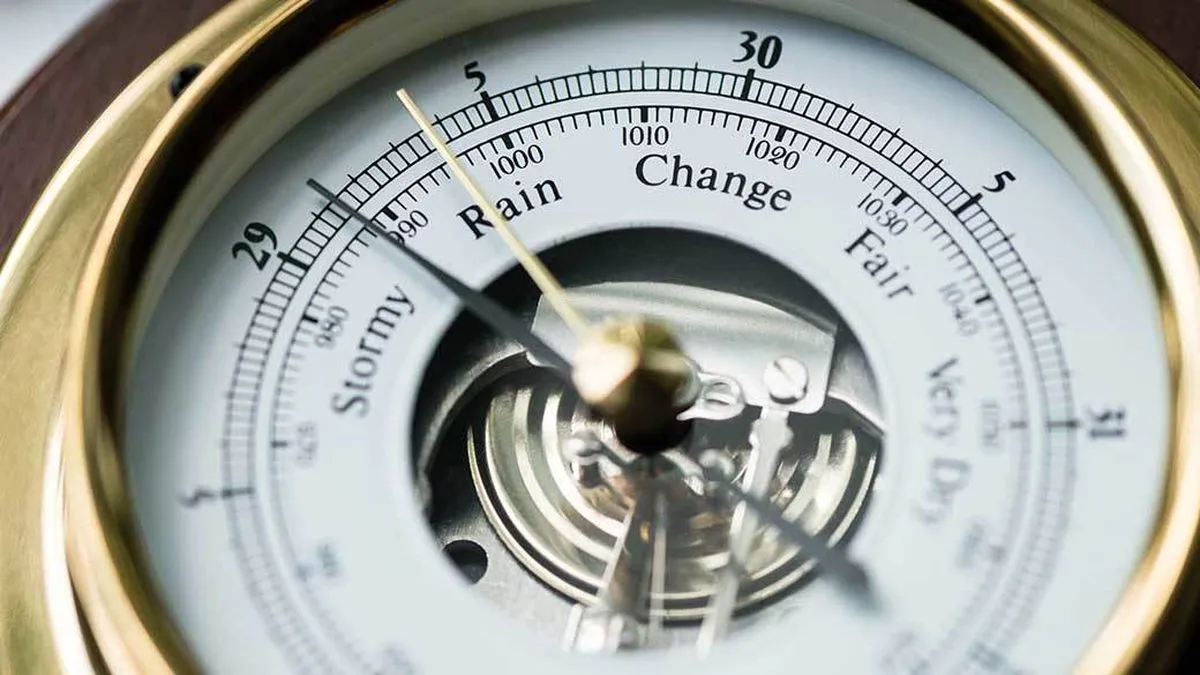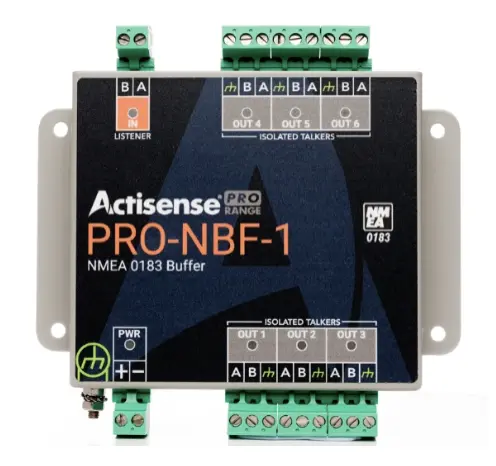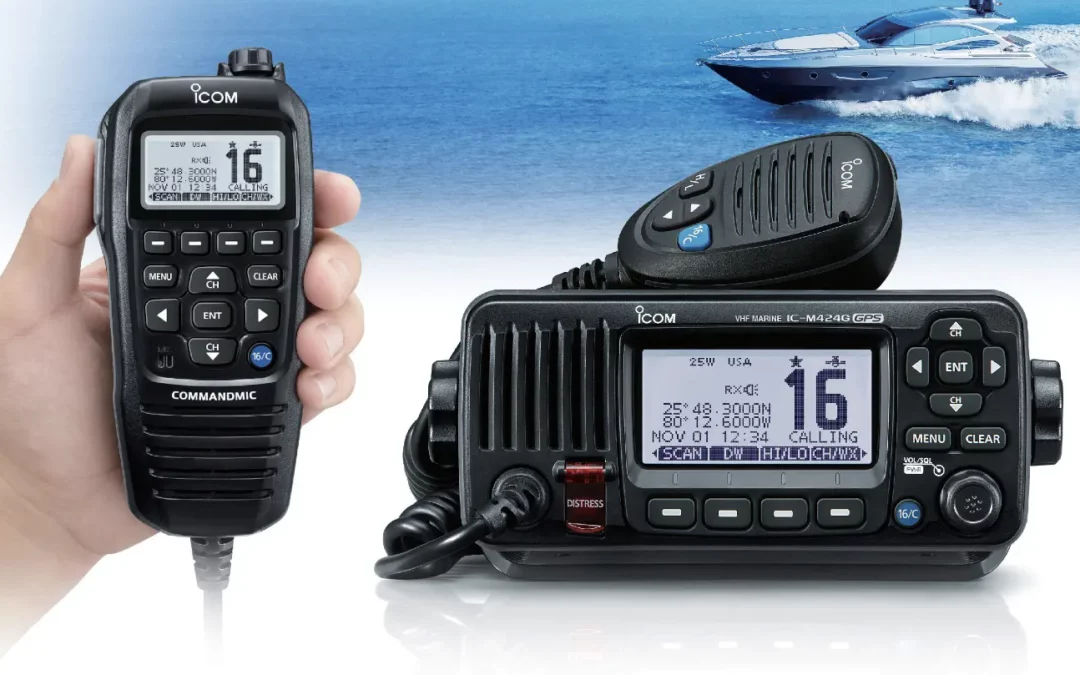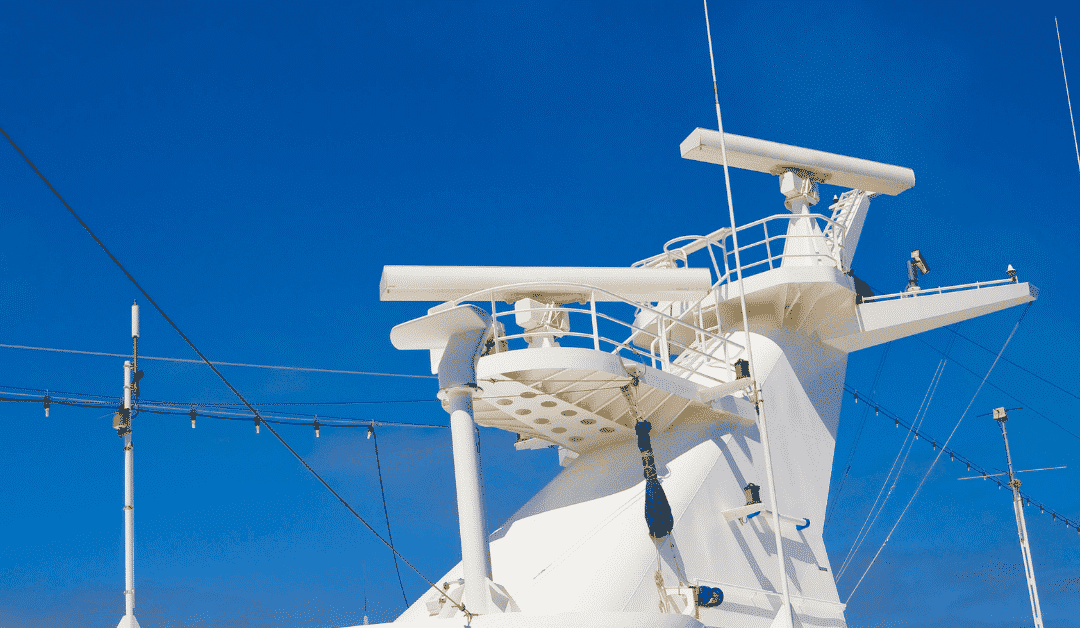Atmospheric pressure, though invisible, plays a pivotal role in shaping weather patterns and influencing the behavior of the Earth’s atmosphere. For sailors and mariners navigating the open seas, understanding atmospheric pressure is crucial for predicting weather changes and ensuring safe voyages. In this article, we’ll delve into the concept of atmospheric pressure, its significance in weather forecasting, and its relation to marine barometers, essential instruments used by sailors to monitor atmospheric conditions at sea.
Understanding Atmospheric Pressure:
Atmospheric pressure refers to the force exerted by the weight of the air molecules in the Earth’s atmosphere on a unit area of the Earth’s surface. It is commonly measured in units such as millibars (mb) or inches of mercury (inHg). Atmospheric pressure varies with altitude, temperature, and weather systems, with higher pressure typically associated with fair weather and lower pressure with stormy conditions.
Causes of Atmospheric Pressure Variations:
Several factors contribute to variations in atmospheric pressure, including:
- Temperature: Warm air tends to expand and rise, creating areas of low pressure, while cold air contracts and sinks, resulting in areas of high pressure.
- Altitude: Atmospheric pressure decreases with increasing altitude, as the weight of the air above diminishes.
- Weather Systems: Low-pressure systems, such as cyclones and hurricanes, are associated with rising air and stormy weather, while high-pressure systems are associated with sinking air and fair weather.
Measurement Units and Methods:
Atmospheric pressure is measured using instruments called barometers. Common units of measurement include millibars (mb), inches of mercury (inHg), and hectopascals (hPa). Barometers may utilize mercury, aneroid, or electronic sensors to measure atmospheric pressure, with each method offering its advantages in terms of accuracy, reliability, and ease of use.
Relation to Marine Barometers:
Marine barometers are specialized instruments designed to measure atmospheric pressure in the maritime environment. They operate on the same principles as standard barometers but are engineered to withstand the harsh conditions encountered at sea, including exposure to saltwater, humidity, and constant motion. Marine barometers provide sailors and mariners with real-time measurements of atmospheric pressure, enabling them to monitor changes in weather patterns and make informed decisions about navigation and route planning.
How Marine Barometers Work:
Marine barometers typically utilize an aneroid mechanism or electronic sensor to measure atmospheric pressure. As atmospheric pressure changes, the mechanism or sensor responds accordingly, indicating the changes on a calibrated scale. By monitoring fluctuations in atmospheric pressure over time, sailors can anticipate shifts in weather conditions and take appropriate action to ensure the safety of their vessel and crew.
Importance for Sailors and Mariners:
Marine barometers are essential tools for sailors and mariners, providing valuable insights into current and future weather conditions at sea. By accurately measuring atmospheric pressure, marine barometers enable sailors to anticipate storms, adjust their sailing plans, and navigate safely through challenging waters. They are indispensable instruments for ensuring the safety and efficiency of maritime operations.
In conclusion, understanding atmospheric pressure is essential for sailors and mariners navigating the open seas. Atmospheric pressure variations influence weather patterns and have a direct impact on maritime conditions. Marine barometers play a crucial role in monitoring atmospheric pressure at sea, providing sailors with valuable information for weather forecasting and navigation. By measuring atmospheric pressure accurately and reliably, marine barometers help ensure the safety and success of voyages on the open seas.








0 Comments